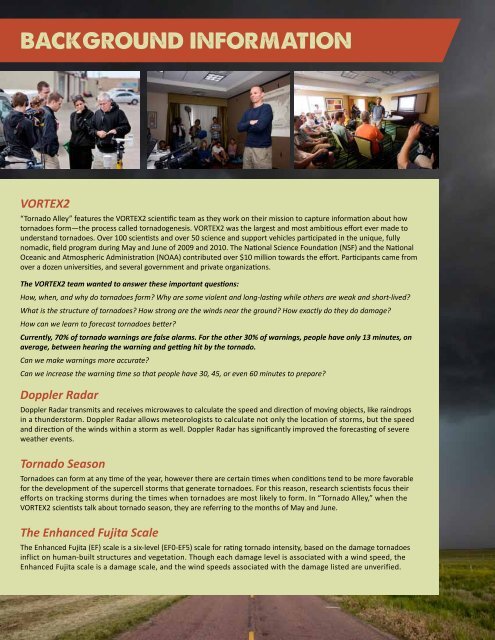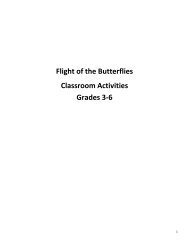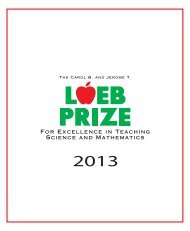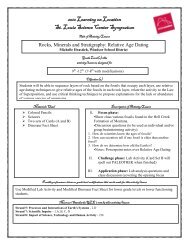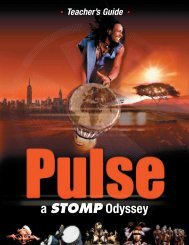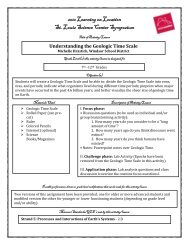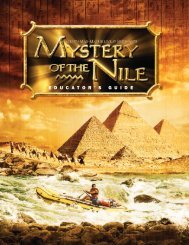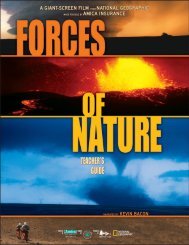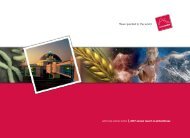Tornado Alley - Big Movie Zone
Tornado Alley - Big Movie Zone
Tornado Alley - Big Movie Zone
You also want an ePaper? Increase the reach of your titles
YUMPU automatically turns print PDFs into web optimized ePapers that Google loves.
VORTEX2<br />
“<strong>Tornado</strong> <strong>Alley</strong>” features the VORTEX2 scientific team as they work on their mission to capture information about how<br />
tornadoes form—the process called tornadogenesis. VORTEX2 was the largest and most ambitious effort ever made to<br />
understand tornadoes. Over 100 scientists and over 50 science and support vehicles participated in the unique, fully<br />
nomadic, field program during May and June of 2009 and 2010. The National Science Foundation (NSF) and the National<br />
Oceanic and Atmospheric Administration (NOAA) contributed over $10 million towards the effort. Participants came from<br />
over a dozen universities, and several government and private organizations.<br />
The VORTEX2 team wanted to answer these important questions:<br />
How, when, and why do tornadoes form? Why are some violent and long-lasting while others are weak and short-lived?<br />
What is the structure of tornadoes? How strong are the winds near the ground? How exactly do they do damage?<br />
How can we learn to forecast tornadoes better?<br />
Currently, 70% of tornado warnings are false alarms. For the other 30% of warnings, people have only 13 minutes, on<br />
average, between hearing the warning and getting hit by the tornado.<br />
Can we make warnings more accurate?<br />
Can we increase the warning time so that people have 30, 45, or even 60 minutes to prepare?<br />
Doppler Radar<br />
Doppler Radar transmits and receives microwaves to calculate the speed and direction of moving objects, like raindrops<br />
in a thunderstorm. Doppler Radar allows meteorologists to calculate not only the location of storms, but the speed<br />
and direction of the winds within a storm as well. Doppler Radar has significantly improved the forecasting of severe<br />
weather events.<br />
<strong>Tornado</strong> Season<br />
<strong>Tornado</strong>es can form at any time of the year, however there are certain times when conditions tend to be more favorable<br />
for the development of the supercell storms that generate tornadoes. For this reason, research scientists focus their<br />
efforts on tracking storms during the times when tornadoes are most likely to form. In “<strong>Tornado</strong> <strong>Alley</strong>,” when the<br />
VORTEX2 scientists talk about tornado season, they are referring to the months of May and June.<br />
The Enhanced Fujita Scale<br />
The Enhanced Fujita (EF) scale is a six-level (EF0-EF5) scale for rating tornado intensity, based on the damage tornadoes<br />
inflict on human-built structures and vegetation. Though each damage level is associated with a wind speed, the<br />
Enhanced Fujita scale is a damage scale, and the wind speeds associated with the damage listed are unverified.


